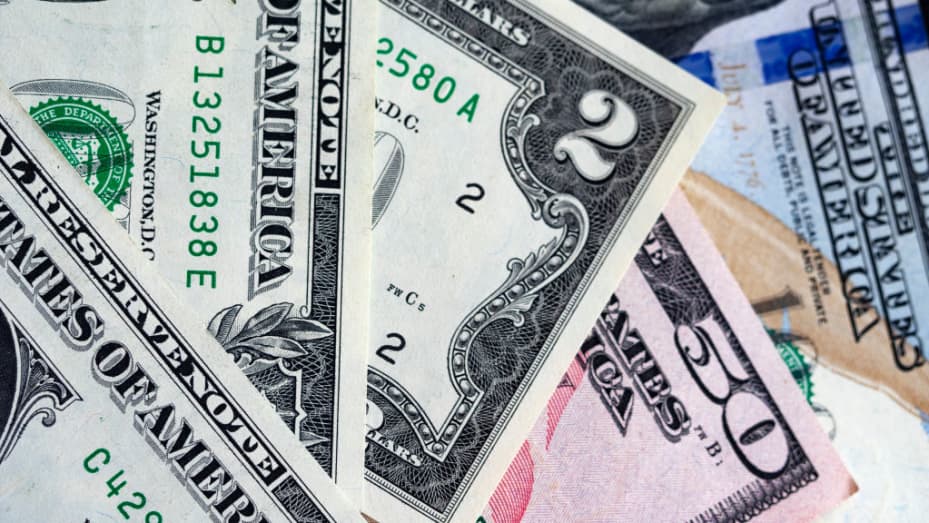The US dollar saw a slight increase on Monday following a mixed US jobs report on Friday that initially sent the currency to a one-week low. Market attention has now turned to upcoming inflation data from the world's two largest economies.
The euro weakened after German industrial production data for June came in worse than expected, highlighting the challenges faced by the manufacturing sector in Europe's largest economy.
After Friday's data revealed that the US economy added fewer jobs than anticipated in July, causing the dollar to hit a one-week low, the currency managed to recover due to indications of solid wage gains and a decline in the unemployment rate. This suggests that the Federal Reserve may need to maintain higher interest rates for a longer period.
The US dollar index, which measures the greenback against a basket of currencies, rose by 0.2% to 102.27, moving away from its low point of 101.73 on Friday.
On Thursday, US inflation data will be released, with expectations for core inflation to have increased by 4.7% on an annual basis in July.
Chris Weston, Head of Research at Pepperstone, noted that although the labor market is cooling, it is not collapsing, and it is behaving as hoped. Weston believes that the pullback in the dollar pairs may not be significant because the US still boasts the best growth and has a central bank that heavily relies on data.
Jane Foley, Head of FX Strategy at Rabobank, mentioned that weaker-than-expected German industrial production data serves as a reminder of the headwinds facing the eurozone economy and raises the possibility that the European Central Bank (ECB) may have already reached its peak interest rates.
China's July inflation data is also anticipated this week, with traders keeping an eye out for indications of further deflation in the world's second-largest economy. Analysts at MUFG expect China's headline Consumer Price Index (CPI) to register deflation after consumer price growth stalled in June. Continued support from the Chinese government is expected to boost the yuan.
The Chinese yuan remained near a two-week low, with its offshore counterpart weakening by 0.2% to 7.2034 per dollar.
The Japanese yen fell by 0.4% to 142.28 per dollar, following a one-week high of 141.52 per dollar during Asian trading. The Bank of Japan's July meeting included discussions on the increasing prospects of sustained inflation, with one board member suggesting that wages and prices could rise at a pace not seen in the past.










